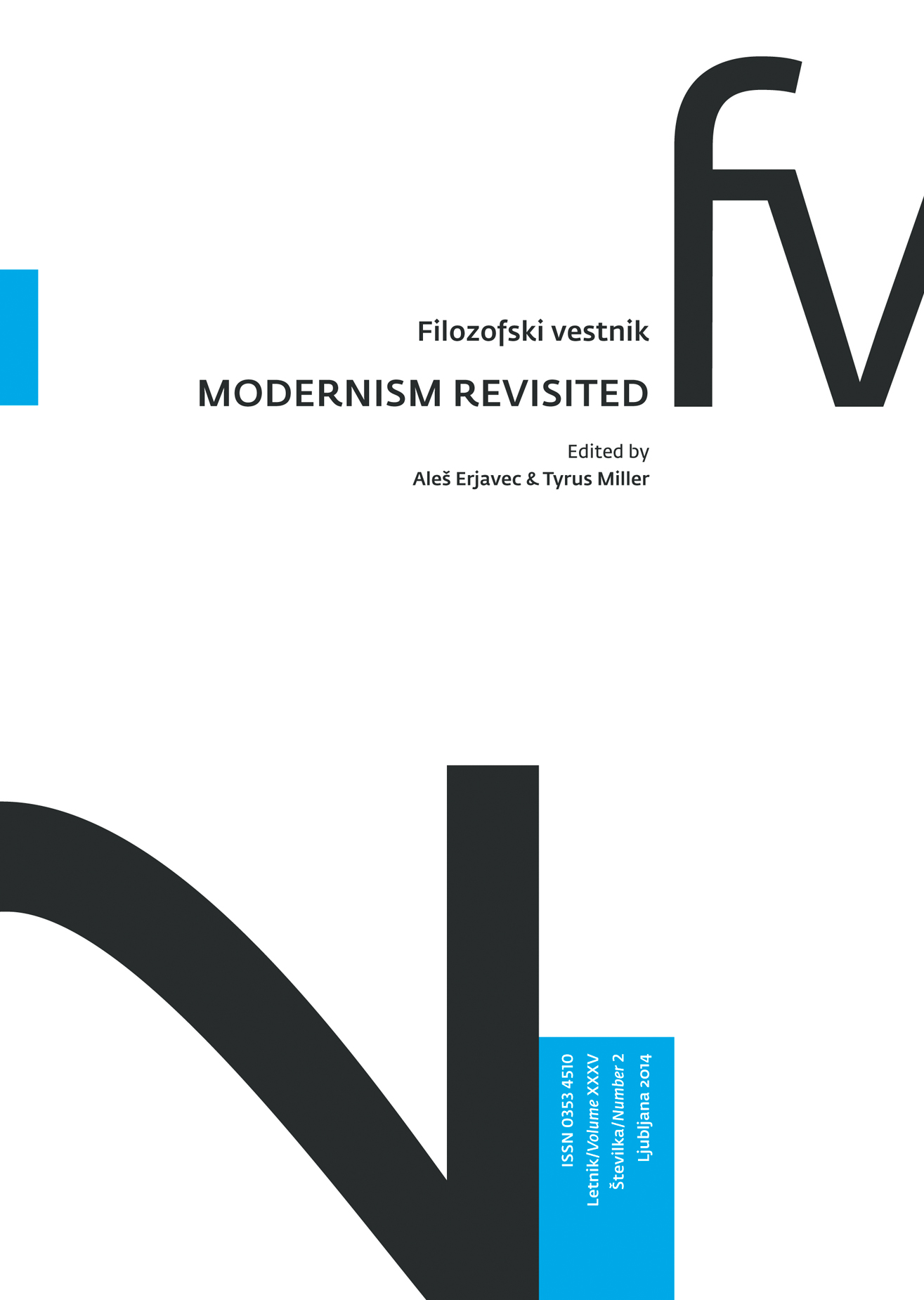The Avant-Garde and the End of Art
Keywords:
avant-garde, poetry, art, aesthetics, the inhumanAbstract
Modernism remains a complex and complicated term, contested not only with regard to its historical meaning or period boundaries but also with regard to its (continuing) relevance for aesthetics and, more broadly, for the contemporary understanding of art(s). Is modernism the culmination of modernity, its crowning moment or perhaps its tipping point toward the purported postmodernity/postmodernism, or is the radical challenge instigated by modernism’s artistic inventiveness—what I call its avant-garde momentum—still extant and current beyond the apparent succession of modernism by postmodernism? This essay approaches these questions through a discussion of various approaches to artworks in modernism and the avant-garde: Adorno, Rancierè, Heidegger, and Lyotard in order to explore the extent to which aesthetics remains both the precondition and the optics for modernism. At the same time, it assesses the implications of the avant-garde’s challenge to the very idea of art. The divergence in the discussions of the split between modernism and avant-garde, as well as the contention between proposals for a new aesthetic and the critique of the notion of art, pivot on the issue of freedom and the role of the human. In its challenge to art, the avant-garde calls into question the centrality of the human and the idea that freedom is a human possession. In doing so, it rethinks the notion of the artwork with regard to the non-human (Heidegger) or inhuman (Lyotard). Against the backdrop of this rift between modernism and the avant-garde, the essay discusses the works of Wallace Stevens and Gertrude Stein. While Stein’s avant-garde writing is intensely engaged in its practice with drafting a new poetic rigor of writing and experience, the modernist Stevens uses aesthetic paradigms and reflection to trigger the liminal state at the end of the imagination or the mind. This brief study of Stevens and Stein illustrates the fact that modernism and the avant-garde inhabit the same historical moment yet part ways with regard to aesthetics. As the avant-garde elaborates its new rigor in order to work in tune with the non-human reach of the event, it moves beyond the metaphysical determination of art and aesthetics. In the avant-garde, what is ‘proper’ to humankind comes to be “inhabited by the inhuman,” to paraphrase Lyotard, and is “celebrated” as such. This fissure means also that the momentum of the avant-garde extends beyond the historical boundaries of, for many already closed, chapter of modernism.
Downloads
Downloads
Published
How to Cite
Issue
Section
License
Authors guarantee that the work is their own original creation and does not infringe any statutory or common-law copyright or any proprietary right of any third party. In case of claims by third parties, authors commit their self to defend the interests of the publisher, and shall cover any potential costs.
More in: Submission chapter





